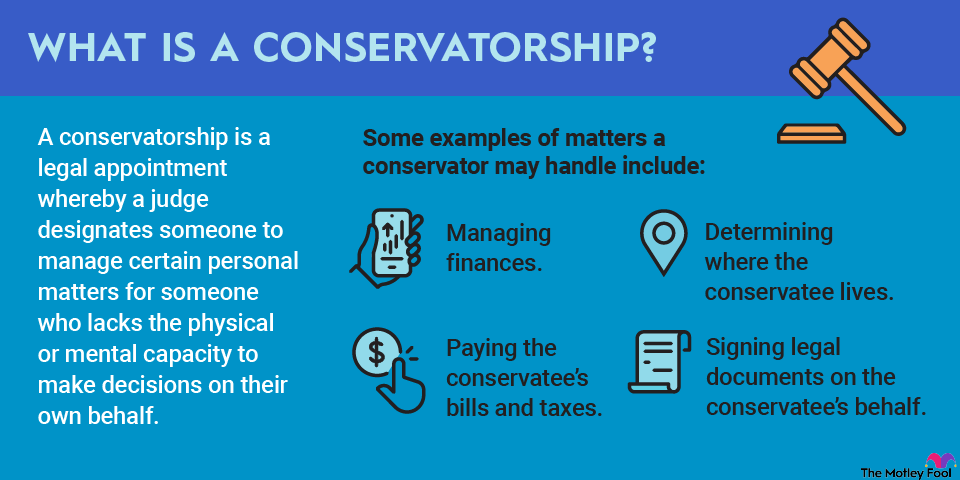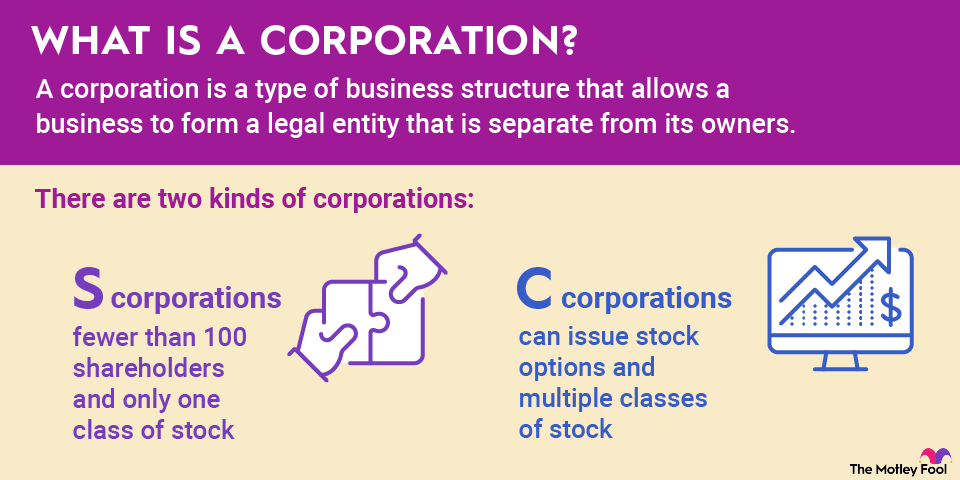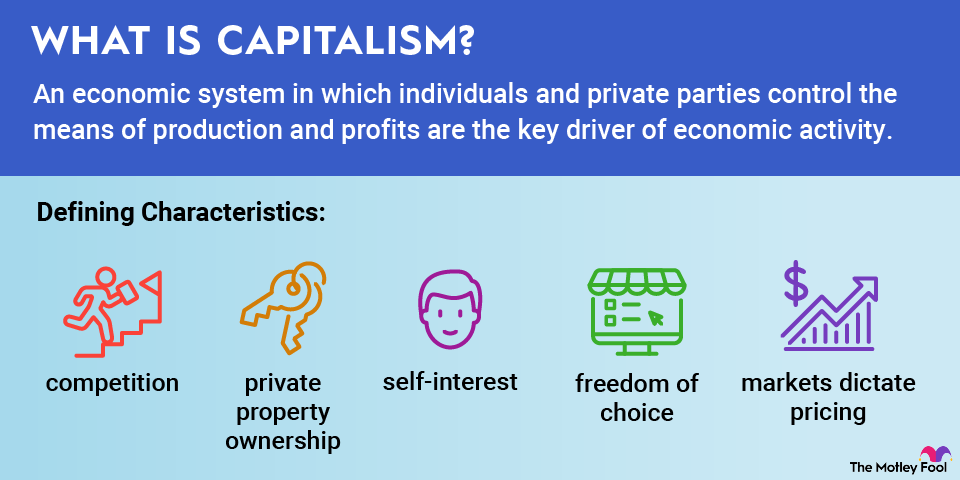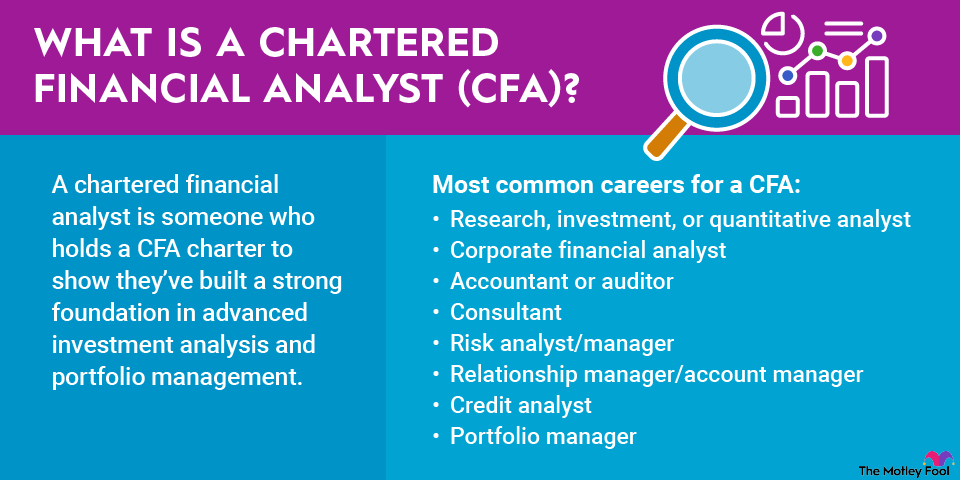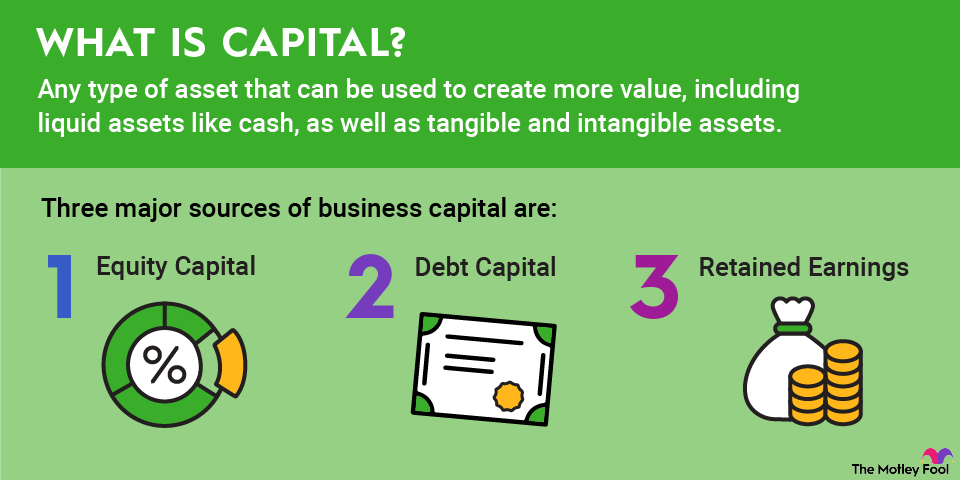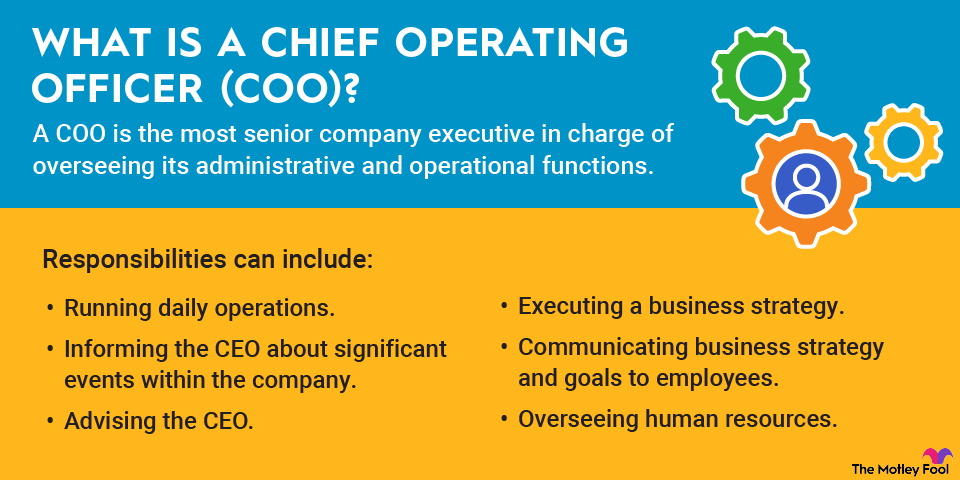Although there are plenty of ways to invest your money that are publicly accessible, sometimes real opportunities come from limited investments that not everybody can buy into. Take the captive fund, for example. Learn more about this limited investment below.

What is a captive fund?
A captive fund is an interesting sort of investment that's limited to a small investor pool. Often, captive funds are used to extend additional benefits to employees of a particular company. When these employees want to invest in the fund owned by their company, they don't go to a stock exchange or other investment firm to buy; they pick up their shares from their own company.
This can give them a huge advantage over other investors, especially if the investments that they're participating in are well-chosen and their company has an interest in the companies in the fund growing, too. For example, if a software company invested in a privately owned self-driving car company that it partners with as part of its captive fund, the employees of the software company could own a piece of the self-driving car company without having to put up as much cash or otherwise qualify as an investor.
How does a captive fund work?
A captive fund is designed so that employees and companies can invest in more exclusive types of investments. Since a pool of employees can put up more money toward an investment than any one employee alone, together, they can purchase substantial ownership in interesting private companies by buying into their employer's captive fund.
The only real caveat with captive funds is that since they do have a captive audience, the shares that any employee owns can only be sold back to the fund rather than being sold on a secondary market at potentially more than the current value. Otherwise, captive funds are a great way for employees to take advantage of professional investment help without having to do anything more than contribute to the fund.
Who invests in captive funds?
Captive funds serve two main functions: They allow employees of a company to invest in assets they would never be able to invest in otherwise, and they allow companies to buy and hold ownership in other companies as an investor.
Both existing and former employees of a company that offers captive funds can be invested in them, though usually only current employees can continue to add to that investment. Both can sell their shares, though.
Corporations can also invest in captive funds, but it's a very different situation for them. Instead, their captive funds, whether they allow employees to invest in them or not, hold shares of other companies that the corporation wishes to invest in to help grow its value and create dynamic partnerships.
Related investing topics
Types of captive funds
There are two main types of captive funds: employee captive funds and corporate captive funds, though the two can intersect.
An employee captive fund is a fund set up by an employer that contains investments that are balanced to help their employees gain considerable wealth simply by owning them. Often, these funds contain ownership shares of private companies that would be impossible for employees to invest in otherwise but can also contain any sort of investment, even mutual funds, municipal bonds, and regular stocks.
A venture capital captive fund, also known as a corporate captive fund, is one that the company sets up for itself. This allows it to buy interests in other companies as an investor or even just put money into boring investments like bonds. The goal is to help grow the company's value through solid investments and business partnerships that are logical for the company. These are generally managed in-house to save on fees.
